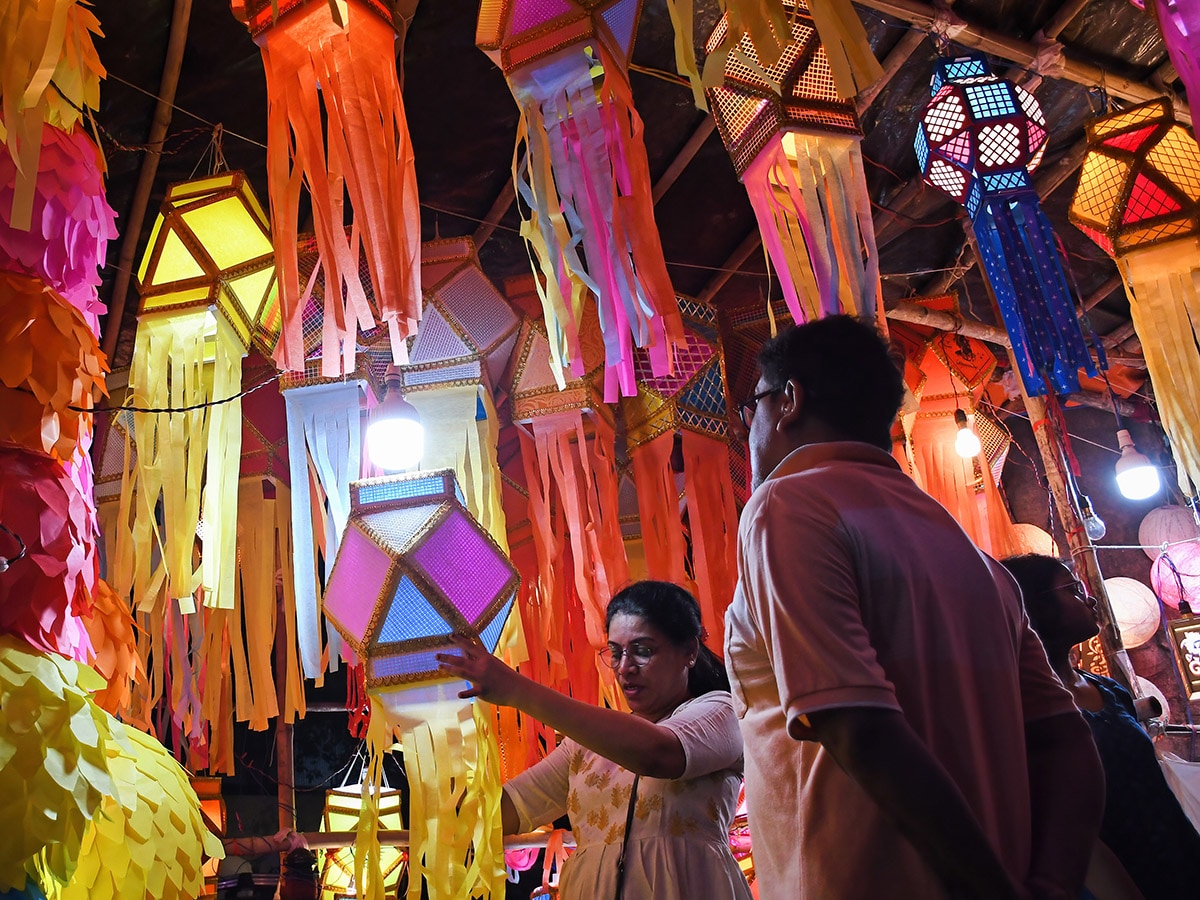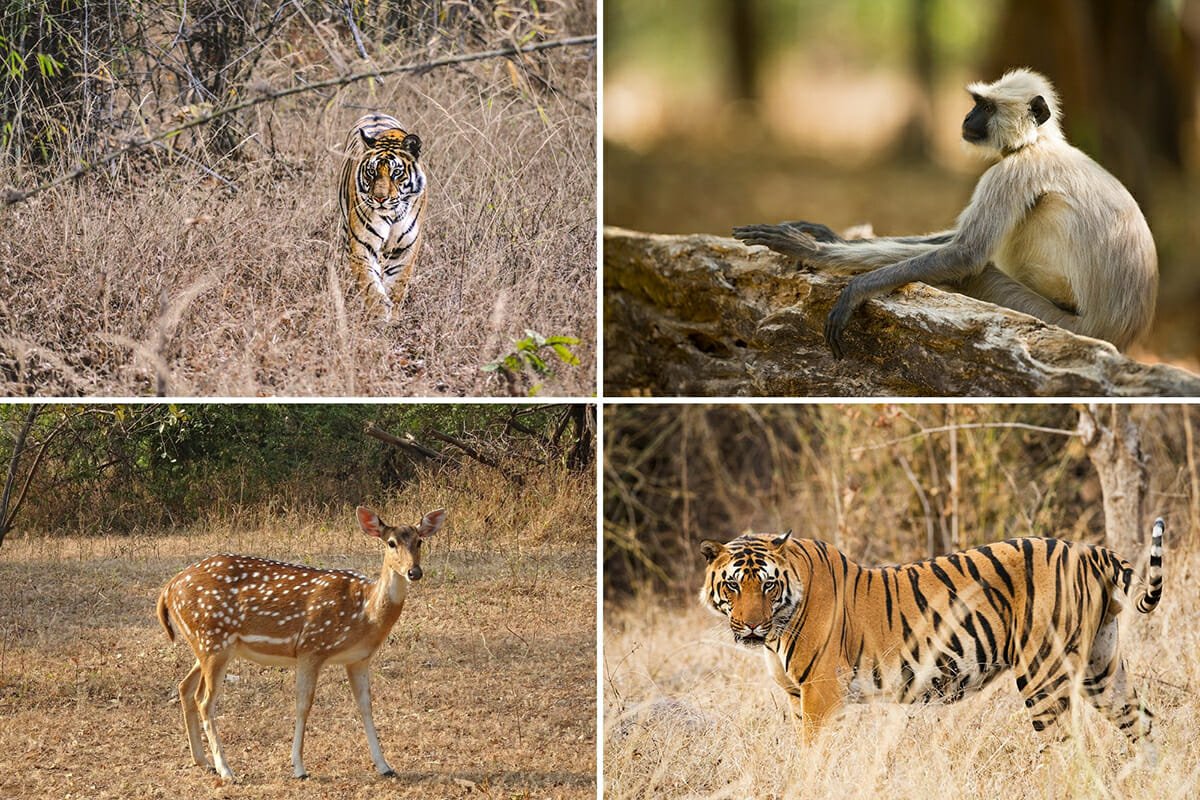The Best Tiger Safaris in India 2025
by
The International Tiger Day on the 29 July is an annual celebration to raise awareness for tiger conservation. And, what better day there could be for learning more about the tigers in India? The Bengal tiger is the most popular species, mainly found in India. Home to nearly 3000 tigers, India is home to almost 70% of the world’s wild tiger count. Spread over 40 different national parks in India, tigers thrive in the country.
If you are looking for a tiger safari in India, you ought to choose the best with us. Have the most adventurous and thrilling experience in the Tiger Reserves of India.
Here's a guide to the places where you might be lucky enough to spot tigers in the wild.

1. Bandhavgarh National Park
Central India’s Bandhavgarh National Park has the highest density of tigers. The elusive white tigers were also found here years back. Other animals in the jungle are leopards, sambar, chital, wild boar, wild dog, Indian fox, leopard, bison, blue bull, antelope, nilgai and others.

The ancient Bandhavgarh Fort in the national park hints at its royal past. The ruins of the fortress are now ruled by the tigers and a vantage point to enjoy the view of the sanctuary.
Best Time for Tiger Sighting: October to June but April to June has even better chances. The park remains closed on all Wednesdays.
Safari Timings: 5:30 - 10 AM and 4 - 7 PM
Wildlife Resorts in Bandhavgarh: Mahua Kothi, A Taj Safari, The Tiger Den, Kings Lodge, Bandhav Vilas, etc.
Our Suggested Tours: Tiger Safari in India, Luxury Wildlife Holiday In Central India, and Tigers of Central India, etc.
See Here: Bandhavgarh National Park
2. Ranthambore National Park
One of the largest tiger sanctuaries in India, Ranthambore National Park has a very high population of tigers, therefore high chances of Sighting tigers. A hunting ground formerly, Ranthambore is a popular tiger reserve. Besides tigers, it is easy to spot jungle cats, Indian fox, crocodiles, leopards, sloth bear, jackals and others.
Ranthambore Fort atop a hill enjoys a scenic view of the jungle. A very interesting resident, the tigress Machli has been the heroine of many wildlife photographers and wildlife safaris enthusiasts. She won lifetime achievement award for being a top tourism attraction and played a grand role in Tiger conservation.

Best Time for Tiger Sighting: October to June is perfect for tiger safaris while April to May is quite popular among wildlife photographers.
Safari Timings: 7 - 10:30 AM and 2:30 - 6 PM
Wildlife Resorts in Ranthambore: Nahargarh, Vivanta Sawai Madhopur Lodge, Sher Bagh, The Aman-i-Khas, etc.
Our Suggested Tours: Golden Triangle Tour in India, and 4 Days Ranthambore Extension Tour, etc.
See Here: Ranthambore National Park
3. Kanha National Park
The inspiration behind the popular “Jungle Book” of Rudyard Kipling, Kanha National Park is a popular wildlife sanctuary with high chances of tiger sighting. Apart from spotting tigers in the lush meadows, you can find gaur, striped hyena, chinkara, mouse deer, black buck, jackal, porcupine, sambar and others. The wildlife sanctuary in Central India is one of the most popular tiger reserves in India.

Best Time for Tiger Sighting: April to June
Safari Timings: Sunrise to 10 am and from 3:30 pm to sunset
Wildlife Resorts in Kanha: Shergarh Resort, Kanha Earth Lodge, Tuli Tiger Resort Kanha, Banjaar Tola, A Taj Safari, etc.
Our Suggested Tours: 5 Days Central India Tigers Tour, and 5 Days Deluxe Tiger Safari, etc.
See Here: Kanha National Park
4. Pench National Park
Another treasure in the heart of the country, Pench National Park is a popular haven for tigers. In the lush jungles, especially the lake region, tiger sighting is common. Apart from the royal Bengal tiger, come close to barking deer, hyena, Indian leopard fox, sloth bear, wild boar, wild dog and others.

Best Time for Tiger Sighting: March to June is popular for wildlife photographer while the national park remains close from October to June.
Safari Timings: 7:30 - 10:30 AM and 4 - 6:30 PM (timing changes with season).
Wildlife Resorts in Pench: Baghvan, A Taj Safari, Pench Tree Lodge, Pench Jungle Camp, etc.
Our Suggested Tours: Luxury Wildlife Holiday In Central India, and Tigers and the Golden Triangle Tour, etc.
See Here: Pench National Park
5. Nagarhole National Park
A part of the famous Nilgri Biosphere Reserve, the Nagarahole national park is famous for being a protected habitat for tigers and elephants. The park is also home to leopards, wild boars, sloth bear, bison and more than 250 species of birds.

Best Time for Tiger Sighting: The park remains open from October to June but the best time is from April to June.
Safari Timings: 6 - 8 AM and, from 3 - 5 PM
Wildlife Resorts in Nagarhole: The Serai Resorts, Evolve Back, etc.
Our Suggested Tour: 4 Days Mysore and Nagarhole Tour, and Backwaters, Elephants and Tigers
See Here: Nagarahole national park
6. Jim Corbett National Park
The oldest national park in India, Jim Corbett National Park is one of the most popular tiger reserves in the country. Located on the mighty foothills of Himalayas, the wildlife sanctuary has a diverse landscape favorable for many wild animals to thrive. The tigers are the star attraction, but there are also sloth bear, goral, fishing cat, leopard, chital, barking deer and others.

Best Time For Tiger Sighting: March to June is favorable for wildlife photographers while the park remains open from October to June.
Safari Timing – 6:30 - 10 AM and, 1:30 - 5:30 PM
Wildlife Resorts in Jim Corbett: Infinity Resorts, Corbett The Baagh Spa & Resort, Lemon Tree Premier, Corbett, etc
Our Suggested Tour: Corbett and The Himalyan Foothills, Wild wonders of North India and the Taj Mahal, and Tigers and The Taj Mahal Tour, etc.
See Here: Jim Corbett National Park







